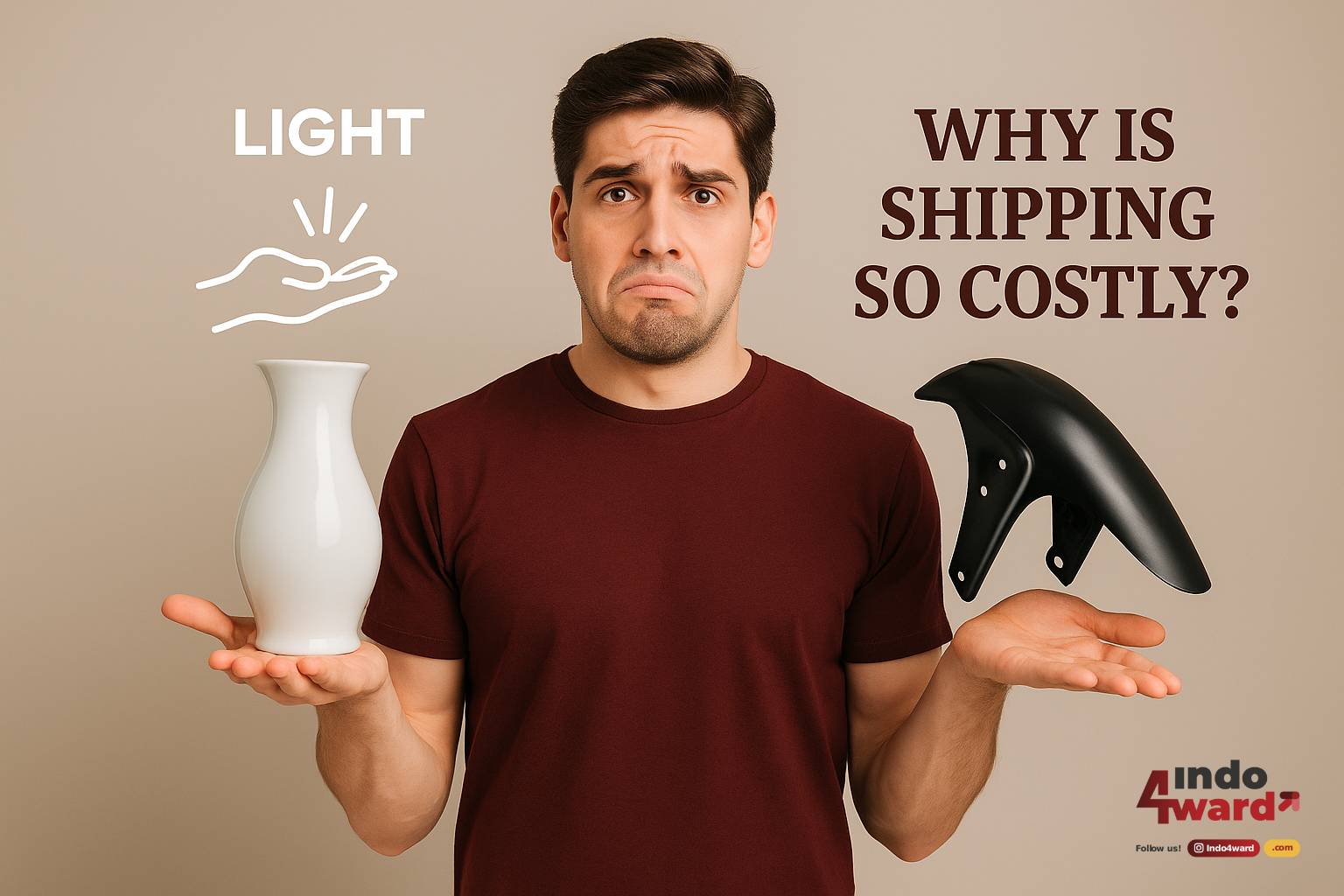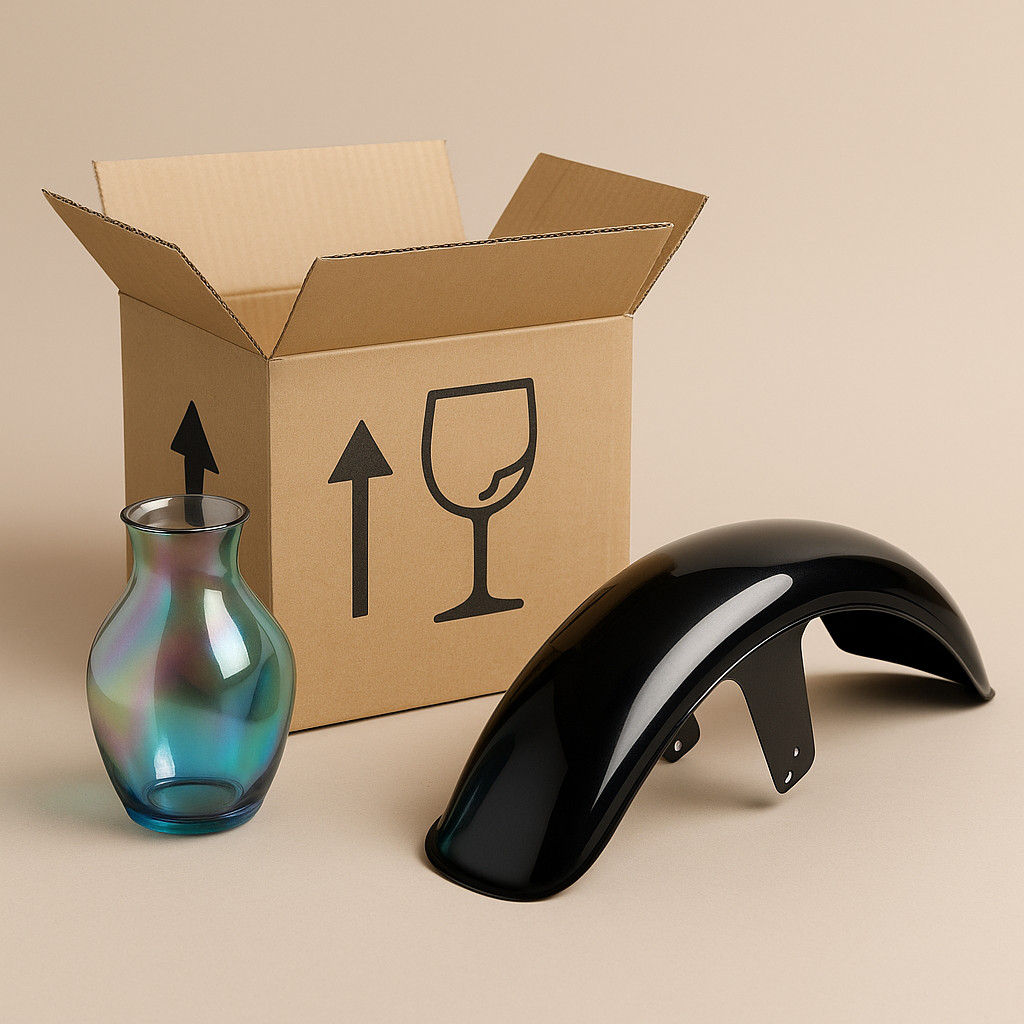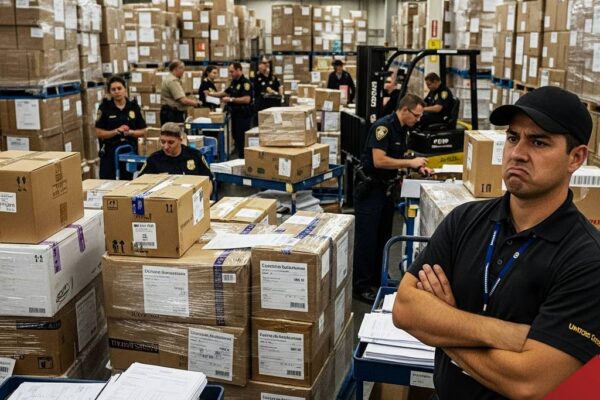
📦 It’s Light — So Why Is the Shipping So Costly?
We get this question a lot:
“The item is light — why is the shipping so expensive?”
It’s a fair question. Most people assume shipping costs are based purely on weight, but that’s only half the story. The truth is, space is just as valuable as weight in the world of logistics. Here’s why size really does matter (no pun intended).
⚙️ How Shipping Companies See It
Imagine a cargo ship. It’s filled with large metal containers, each with fixed dimensions — rectangular boxes stacked side by side. Now, picture packing your product into one of those boxes. Can it be flattened?
Can it fit perfectly without leaving empty space? Probably not. Every product has a unique shape and form — whether it’s flat, bulky, or awkwardly shaped — and that affects how efficiently it can be packed.
🛵 The “Light but Big” Problem
Let’s take an example: a motorcycle fender:
It’s made of fiberglass — super light! But it’s also large and curved, which means it takes up a lot of space in a box. That empty air around it still occupies room inside the cargo hold or airplane. So even though it weighs almost nothing, it’s charged like a heavier item because of the space it consumes.

This principle applies to many oddly shaped items — think cowboy hats, lampshades, or glass vases. You can’t just squish them down to save space (unless you don’t mind them arriving crushed 😬).
📏 Volumetric Weight vs Actual Weight
Shipping companies calculate costs based on whichever is greater:
- The actual weight (in kilograms), or
- The volumetric weight (how much physical space the item occupies)
The formula often looks like this:
Volumetric Weight (kg) = (Length × Width × Height in cm) ÷ 5000
If the volumetric weight is higher than the actual weight, that’s what you’ll be charged for.
💡 Why It’s Fair
We know it can feel frustrating — especially when you’re shipping something that’s feather-light. But think of it this way:
Shipping companies aren’t just transporting weight — they’re transporting space.
Flattening your cowboy hat or crushing your motorcycle fender isn’t an option, and neither is squeezing your hollow glassware to save a few centimeters.
So yes, it’s fair — and it ensures that everyone shares space (and cost) proportionally.
🌏 A Final Word from Indo4ward
At Indo4ward, we always strive to keep your shipping costs as fair and transparent as possible. That’s why we constantly compare rates across our network of vendors to make sure you’re getting the best deal available.
So the next time shipping feels pricey for something light — remember, it’s not just about the weight… it’s about the space it takes to get your favorite products safely from Indonesia to you.





